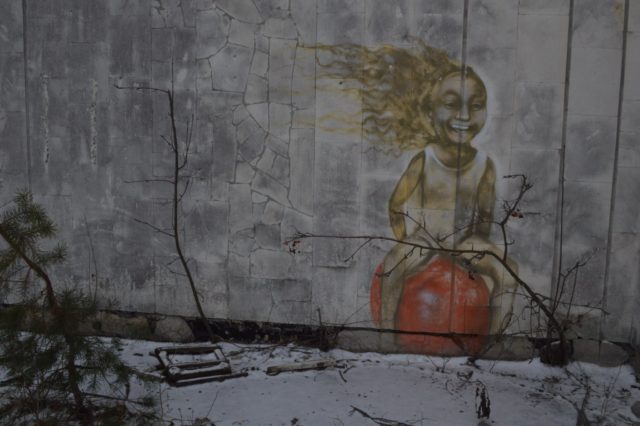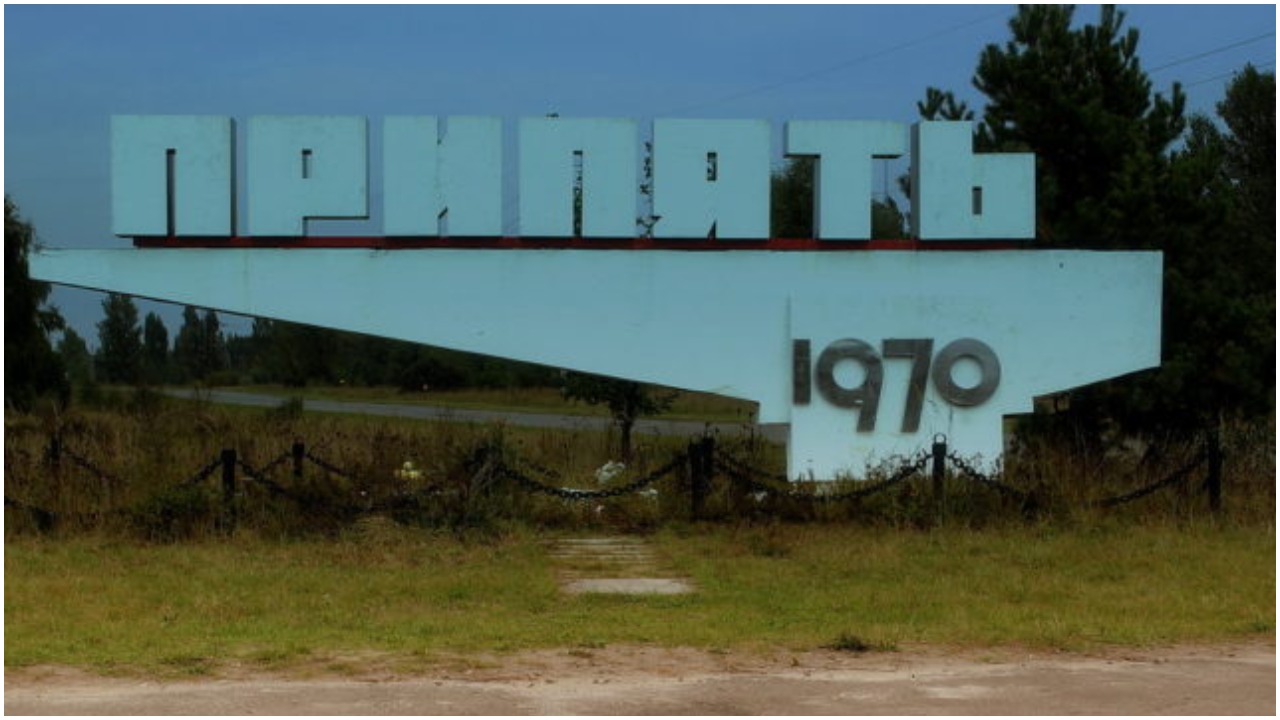On August 8, 2019, the State Agency of Ukraine for Exclusion Zone Management reported that British and Ukrainian scientists produced a batch of vodka that is safe to drink, despite originating from the Chernobyl Exclusion Zone.
Initially, the project began with the cultivation of grain by a group of scientists on a farm in the exclusion zone. Scientists have been working in the Chernobyl zone since the 1990s, studying land restoration after the 1986 disaster.
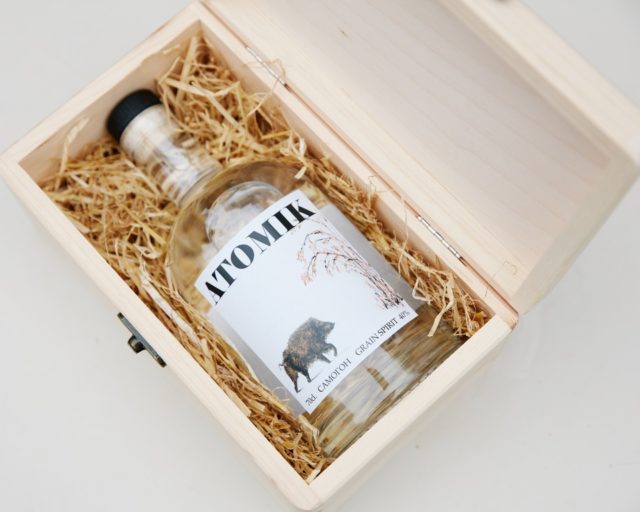
One of the founders of the project is Professor Jim Smith from the University of Portsmouth. He describes this vodka as the most important bottle of alcohol in the world.
No one hides the fact that water from Chernobyl wells and slightly contaminated rye were used to make the first experimental batch which has been named “ATOMIK.”
The alcoholic beverage was created using a traditional homemade technique. Scientists say that the deep aquifer in Chernobyl has a similar composition to the groundwater of the Champagne region in France. Since no radioactive contamination was detected, the distilled alcohol was diluted with mineral water taken from this deep aquifer.
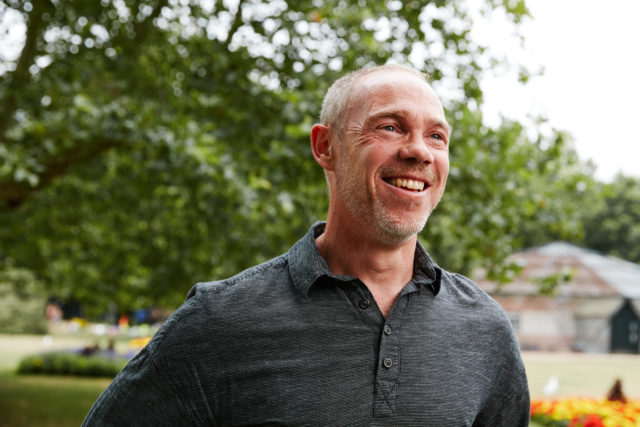
All the ingredients used for the manufacture and the final product itself were tested by specialists from the Ukrainian Hydrometeorological Institute, the University of Southampton, and the geological and environmental laboratory of the University of Portsmouth. An independent wine and spirits testing laboratory also inspected the brew.
Now the researchers want to establish the production of high-quality craft vodka from grain grown in the mandatory resettlement zone. Currently, the Chernobyl Spirit Company is in the process of being set up with this aim in mind.
The creators of the vodka intend to direct 75% of the profit to the affected regions as a result of the Chernobyl accident.
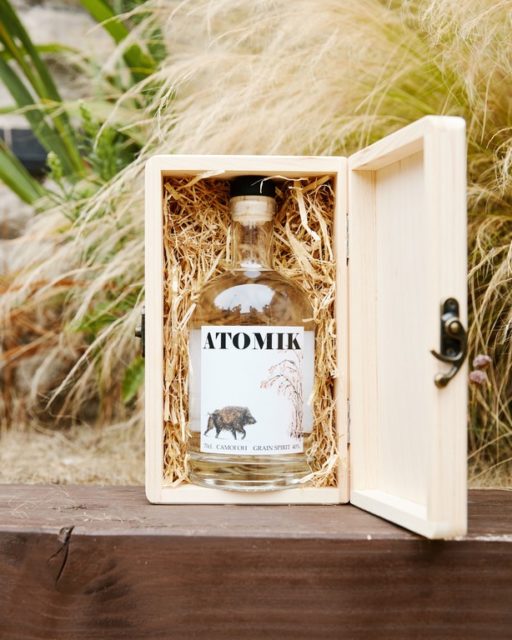
Researchers have concluded that many resettled areas can be used to grow crops safely under radioecological control. Now, the project is finding out when it will be possible to begin using part of the abandoned lands safely. There is evidence that Japanese companies are interested in the construction of solar energy facilities in the Chernobyl exclusion zone.
The disaster occurred on April 26, 1986. A nuclear reactor in a power plant exploded. Over 200,000 square kilometers were exposed to radioactive contamination. About 115,000 people were evacuated.
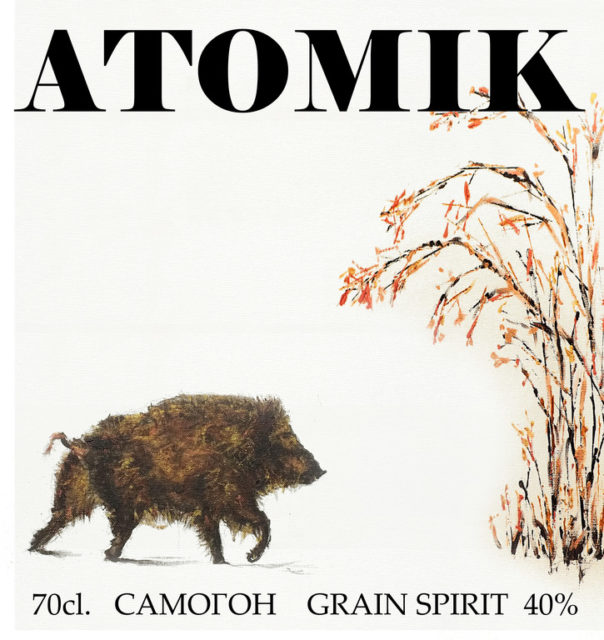
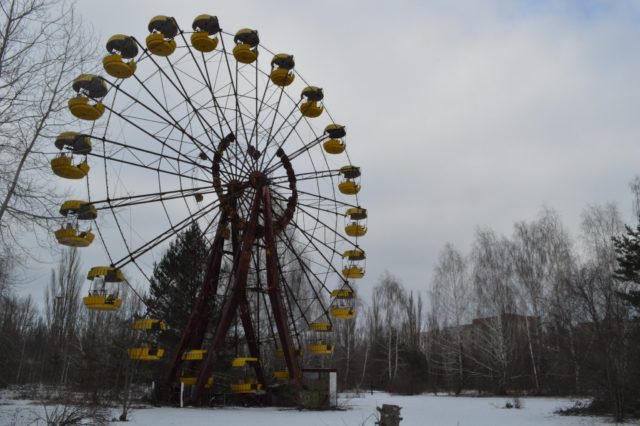
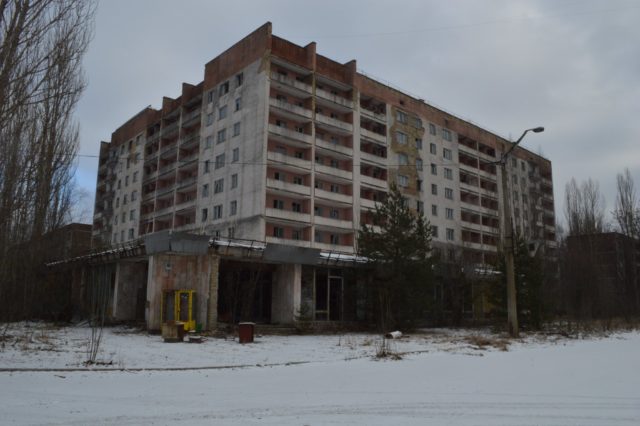
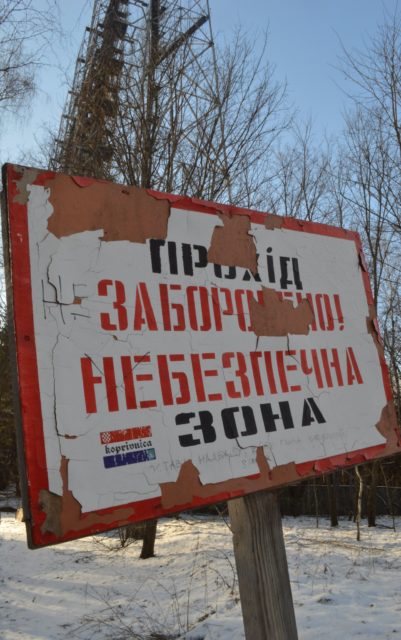
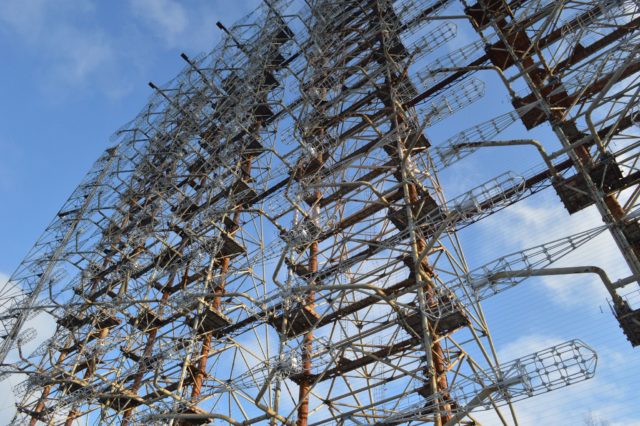
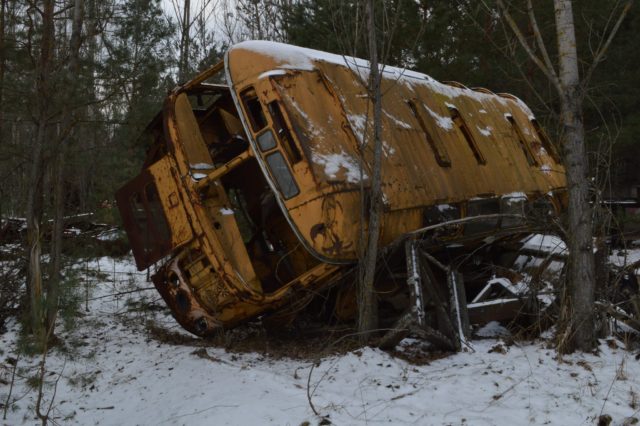
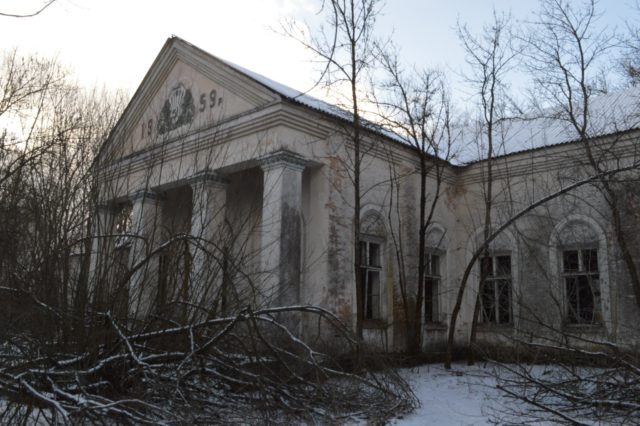
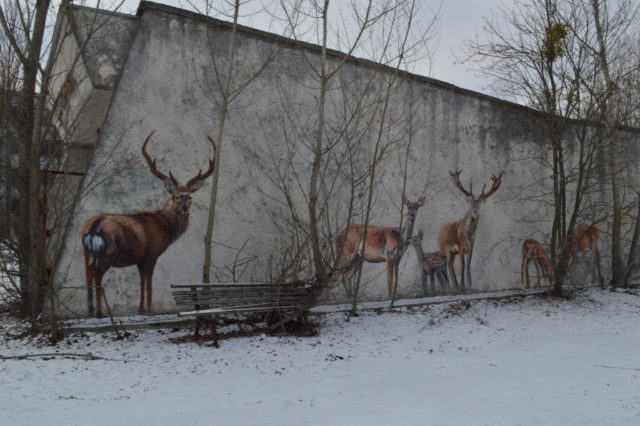
Another Article From Us: The Beautiful Abandoned Neo-Gothic Chambre du Commerce Belgium
